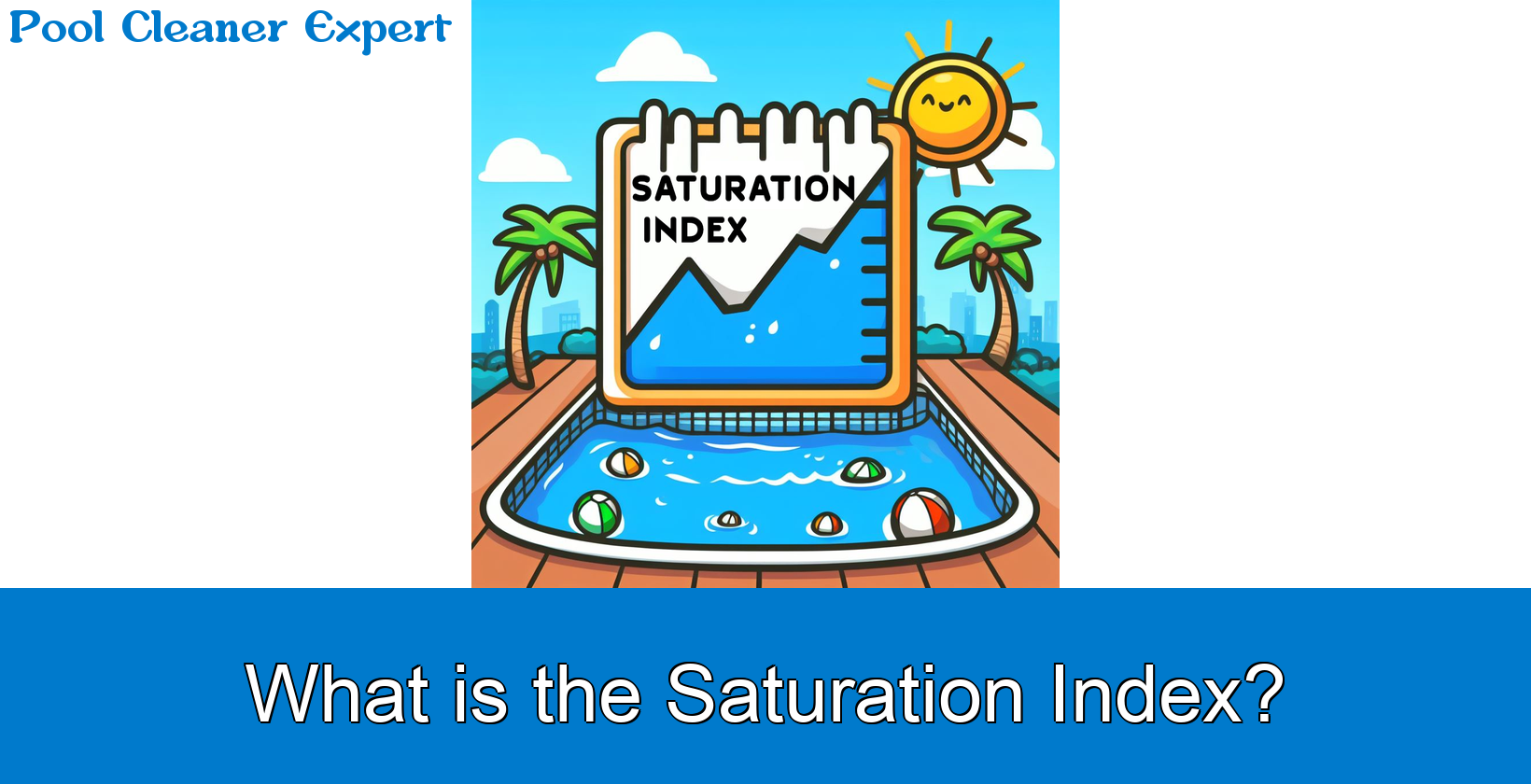The Saturation Index (SI) is a method used to determine if water will deposit or dissolve calcium carbonate. It considers five balance factors: pH, total alkalinity, calcium hardness, temperature, and total dissolved solids. Sequestering agents enhance the solubility of calcium carbonate, reducing scale formation and potentially shifting the balance point of the SI to a more positive number.
Contents
How to Calculate the Saturation Index?
The Saturation Index (SI) is calculated using six water balance factors: pH, calcium hardness (CH), total alkalinity (TA), cyanuric acid (CYA), temperature (T), and total dissolved solids (TDS). After testing the water and determining these six factors, they are inserted into the formula: SI = pH + CHF + (TA– (CYA x F)) + TF – TDSF. The aim is to achieve an SI of 0.00, indicating perfectly balanced water. Values between -0.30 and +0.50 also signify balanced water.
The steps to calculate SI are the following: The pool water is tested and the results are recorded. Refer to the tables below to find the factors. Insert the factors into the formula and calculate.
Saturation Index Factors
| CH Calcium Hardness | CH Factor | TA Total Alkalinity | TA Factor | CYA Cyanurate | CYA Factor | pH | pH Factor | TF Temperature | TF Factor | TDSF TDS | TDSF Factor |
| 50 | 0.35 | 50 | 0.7 | 50 | 0.19 | 6.8 | 0.19 | 32 | 0.01 | 100 | 2.1 |
| 100 | 1.35 | 100 | 1.7 | 100 | 0.27 | 7.2 | 0.27 | 46 | 0.29 | 500 | 2.24 |
| 150 | 1.81 | 150 | 2.2 | 150 | 0.35 | 7.6 | 0.33 | 53 | 0.31 | 1000 | 2.35 |
| 200 | 1.91 | 200 | 2.3 | 200 | 0.36 | 8 | 0.36 | 60 | 0.42 | 1500 | 2.41 |
How are Factors Expressed in the Saturation Index?
In the Saturation Index, temperature, calcium hardness, total alkalinity, and total dissolved solids are represented as factors Tf, Cf, Af, and TDSf respectively. The pH of the water is directly substituted into the index.
What is the Importance of the Pool Startup Saturation Index?
The saturation index is crucial for maintaining the longevity of the pool’s plaster. Just keeping the pH, TA, and CH within the recommended ranges is not sufficient. To prevent unnoticed deterioration over the years, aiming for a saturation index near zero is advisable.
What is the Langelier Index and its Applications?
The Langelier Index is widely used in various industries, including industrial water treatment and domestic drinking water treatment. The swimming pool industry created a modified version of this index in the 1970s, specifically designed for pool and spa water conditions. This modified index determines if the water maintains a balance with calcium carbonate equilibrium.
Who developed the Langlier Index?
The Langlier Index was developed by Wilfred F. Langelier, a Civil Engineering professor at the University of California—Berkeley.
How does the Saturation Index impact pool water balance?
The Saturation Index impacts pool water balance by determining whether the water will deposit calcium carbonate or maintain it in solution. SI is crucial for maintaining the longevity of the pool’s plaster and for pool and spa filtration, circulation, safety, and maintenance. The Saturation Index incorporates the five balance factors: pH, total alkalinity, calcium hardness, temperature, and total dissolved solids. SI is a measure of water balance and if maintained within the recommended ranges, it prevents unnoticed deterioration over the years.
